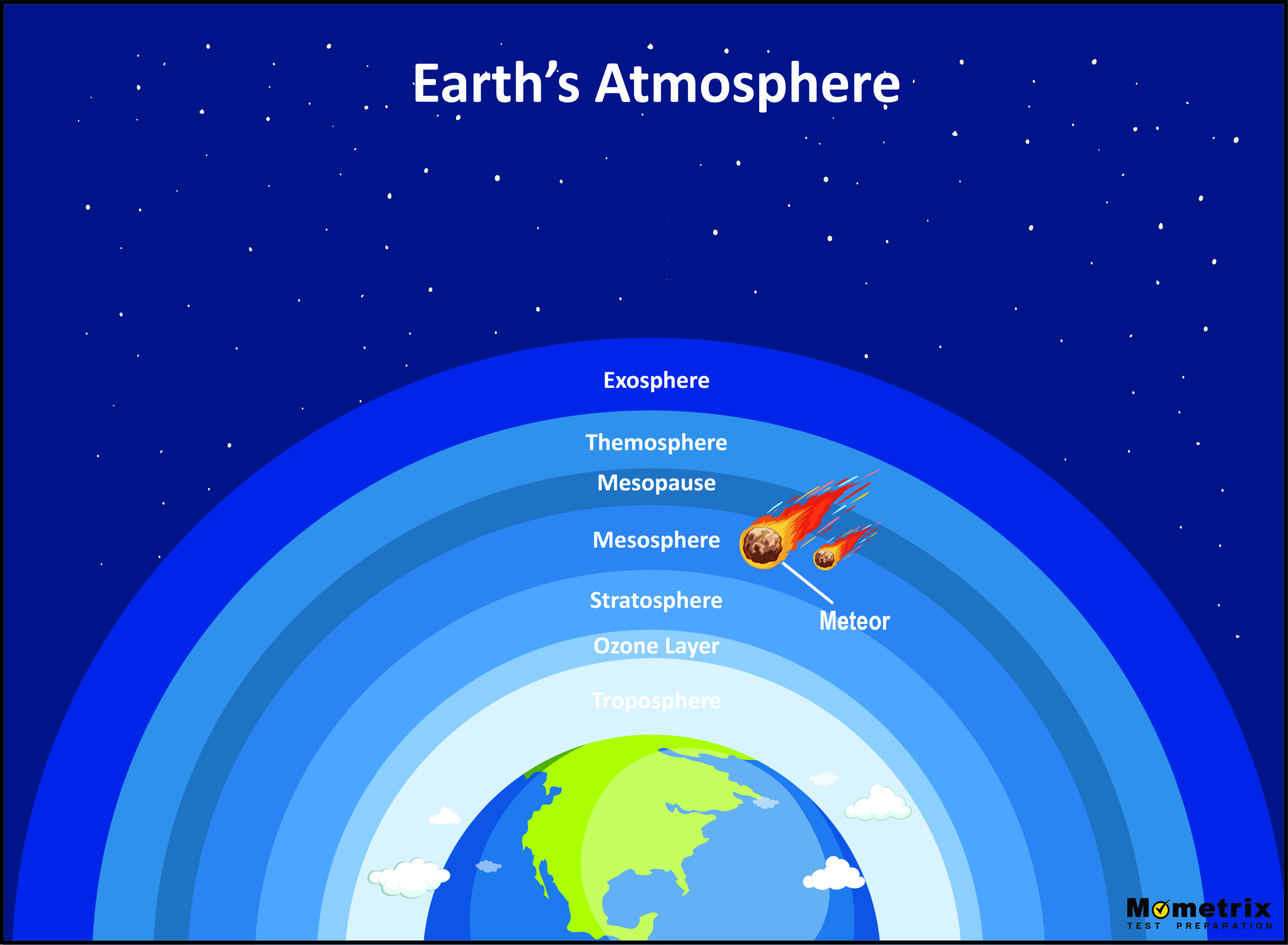The sky above you is a canvas on which many different scenes are painted. You open your eyes to a breathtaking sunrise and rest as the sun sets, casting its beautiful colors on the sky, resulting in a magnificent sunset. On some days, fluffy clumps of clouds adorn the sky, and on other days there is only gray sky leading to rainfall. On a cloud-clear day, far away from city lights, you would see sparkling jewels in the night sky. All of this happens in what we call the sky.

The sky refers to the area above the earth where clouds, the sun, and other objects and phenomena can be seen[1]. It is considered the region between the ground and outer space, thus distinct from outer space. In astronomy, the sky is also called the celestial sphere. The celestial sphere is conventionally divided into designated areas called constellations. Each constellation consists of a group of stars that form a pattern, often imagined as an object, animal, or mythical creature.

The sky is also defined as the upper atmosphere of Earth [2]. A trip from the surface of Earth to outer space would result in passing through five different layers, each with very different characteristics. The atmosphere is made up of gasses. Its main ingredient is nitrogen, but it also contains 21% oxygen and 1% percent water vapor. Traces of other gases like carbon monoxide and argon are part of the atmosphere too. These gases absorb the sun's ultraviolet rays and retain heat to keep the earth’s surface relatively warm[3]. The five-dimensional thinking approach has previously explained the Earth’s atmosphere [4].

We perceive the sky in blue because as sunlight enters the atmosphere, atoms and molecules of different gasses present in the air are designed to absorb the light. Then, through these molecules, light is re-emitted in all directions, resulting in “scattering of light”[5]—the scattering increases as the wavelength of light decreases. Since violet and blue light have the shortest wavelengths, blue light is scattered more than red light (longest wavelength), and the sky appears blue during the day. The light has to travel further through the Earth’s atmosphere when the sun is low in the sky during sunrise and sunset. Thus, we do not see the blue light because it gets scattered away, while the red is not scattered very much, and hence, the sky appears red[6]. At times, the sky can be hazy, foggy, or even cloudy, blocking away sunlight. To simulate the sky and control its clearance along with the Sun’s apparent movement, the idea of an artificial sky sparked and was then developed. Architects and lighting engineers needed to stimulate the sky luminance by which mode buildings could be measured for interior daylighting. Such invention is also used for teaching and research purposes.

The device of the artificial sky comes in different types: Mirror box, Reflectors, Virtual Dome, and Full Dome [1]. The first type consists of a luminous ceiling and mirrored walls that replicate uniform or overcast skies. The second is formed with a reflective opaque dome surface to reproduce uniform and non-uniform skies. It uses a reflective surface to illuminate sky distributions and evaluate daylighting on scale models placed on a rotatable tabletop. The third type replicates the sky vault with a scanning process for any time and location on earth. This type utilizes robotic and fine control systems. The fourth type, the Full Dome, replicates any sky distribution using dimmable luminaires. The simulation and obtaining daylighting metrics are performed through computers. The device can replicate direct sunlight at any global location when integrated with a heliodon. A heliodon is a device used for adjusting the angle between a flat surface and a beam of light to match the angle between a horizontal plane at a specific latitude and the solar beam.
An artificial sky requires skilled engineers and scientists to build and operate it. It also requires regular maintenance to ensure its endurance and longevity. On top of that, it costs a lot of money. The sky, however, cannot be built by humans, nor does it need maintenance. It is also free of charge. Moreover, an artificial sky device cannot match the real beauty of sunrises and sunsets, nor can it even ‘seem’ infinite due to being bound by a dome-shaped room, unlike the real sky, which seems endless to the observer.
The invention of an artificial sky was developed for hundreds of years and culminated in the Full Dome type used today (see fig. 1). While each type operates differently, the most used ones rely on sensors, computers, a special kind of room, and many other accessories. [NA1] One use of such domes can be seen in the Villaggio mall in Doha (fig. 2), Qatar, and there is another one in Ibn Battuta Mall in Dubai, United Arab Emirates.
Do you think an artificial sky can be built without sufficient knowledge of light and technology? Or is it possible even to expect the self-assembly of an artificial dome if we put all parts on the ground? If a kindergarten class was given a manual to follow, would they be able to set up an artificial sky? What do you think about energy? Can it assemble a dome? Can it program a computer to simulate an artificial sky? The answer is clearly no.
Just as the artificial sky technology requires humans to invent it, by definition, the sky necessitates that it has a Maker as well. It cannot come to be random. It is obvious that the sky is a billion times more elegant and complex than any comparable technology. This leads us to realize that the Maker of the sky must have infinite Knowledge, Power, and Wisdom. The sky is not only a medium through which we see beautiful clouds and celestial bodies like the Sun, planets, and stars. It is a sign pointing to The One, a symbol indicating endless Divine Wisdom and Mercy. It reminds us that we belong to The One (Al-Wāhid) who is beyond the sky.
Looking closely, we understand that the sky is composed of different layers of the atmosphere. The constituents of atmospheric gases are found in hundreds of thousands of combinations in the atmosphere. Thus, we conclude that they are employed and set to work in the utmost orderliness by the hand of an All-Wise Creator (Al-Hakeem). The layers are designed to work by protecting planet Earth. From a further look, however, the sky comprising its different atmospheric layers necessitates the existence of the Sun for it to be daylight. It also requires the rotation of the Earth along with its tilt, gravity, the solar system, and the entire universe. If we do not accept the Creator, we have to believe one of the followings: all components of the atmosphere and the sun and stars have consciousness. They know us and care about our needs. They work together to give us such an amazing sky. Or we must believe that it is just a random occurrence. Anyone person with little knowledge of artificial domes would reject both options.
Thus, it is evident that the Creator of the sky is the creator of the atmosphere and the tiny particles making up elements. He is also the Creator of the Sun and living beings on planet Earth who depend on the presence of the sky, sun, and the entire universe. Indeed, He is the Exalter (Al-Rāfi’) who raised the Sky and all other celestial bodies. He is the Most-Powerful (Al-Qawî) who holds massive objects and humanity in its place in the universe. He surely is The Only One (Al-Ahad) who created everything.
We often take the sky for granted. Have you ever wondered what could happen if we had no sky? There would be no atmosphere, and hence Earth would be at risk. There would also be no light scattering; thus, the medium above us would be black. The sky could have been red like fire if the wavelength of red was shorter than that of blue. Thus, blue sky is not accidental. It is a special gift. Indeed, the sky is a precious gift from the True Bestower of Bounties. We must show appreciation to Him through remembrance, reflection, and gratitude. Remembrance is realizing that there is a Powerful creator of the sky and its sophisticated constituents, reflection is perceiving the sky as a valuable provision from the Most Kind, and gratitude is thanking for such a gift.
The sky is an excellent example of a leader who works collaboratively with others. The sky reminds us that we are all looking at the same sky as we look at it, thereby teaching us that we all belong to One creator. The sky also reminds us that the prophets, our ancestors, and all beings shared the same sky, thus connecting us all through the factor of time. Moreover, the sky is designed to scatter light, teaching us that we should spread light, good, and peace to everyone. Through the canvas above, we see beauty. Thus, we shall be like that canvas and reflect the beauty of the soul wherever we go.
[1] https://dictionary.cambridge.org/dictionary/english/sky [2] https://www.dictionary.com/browse/sky [3] https://kidcourses.com/why-is-the-sky-blue/ [4] https://5dthinking.org/@5dthinkingteam/product/show/5d-thinking-on-the-earth-s-atmosphere [5] https://stemlearning.in/what-is-scattering-of-light/#:~:text=%E2%A6%81%20When%20sunlight%20enters%20the,known%20as%20Scattering%20of%20light [6] https://www.rmg.co.uk/stories/topics/why-sky-blue#:~:text=Violet%20and%20blue%20light%20have,further%20through%20the%20Earth's%20atmosphere.